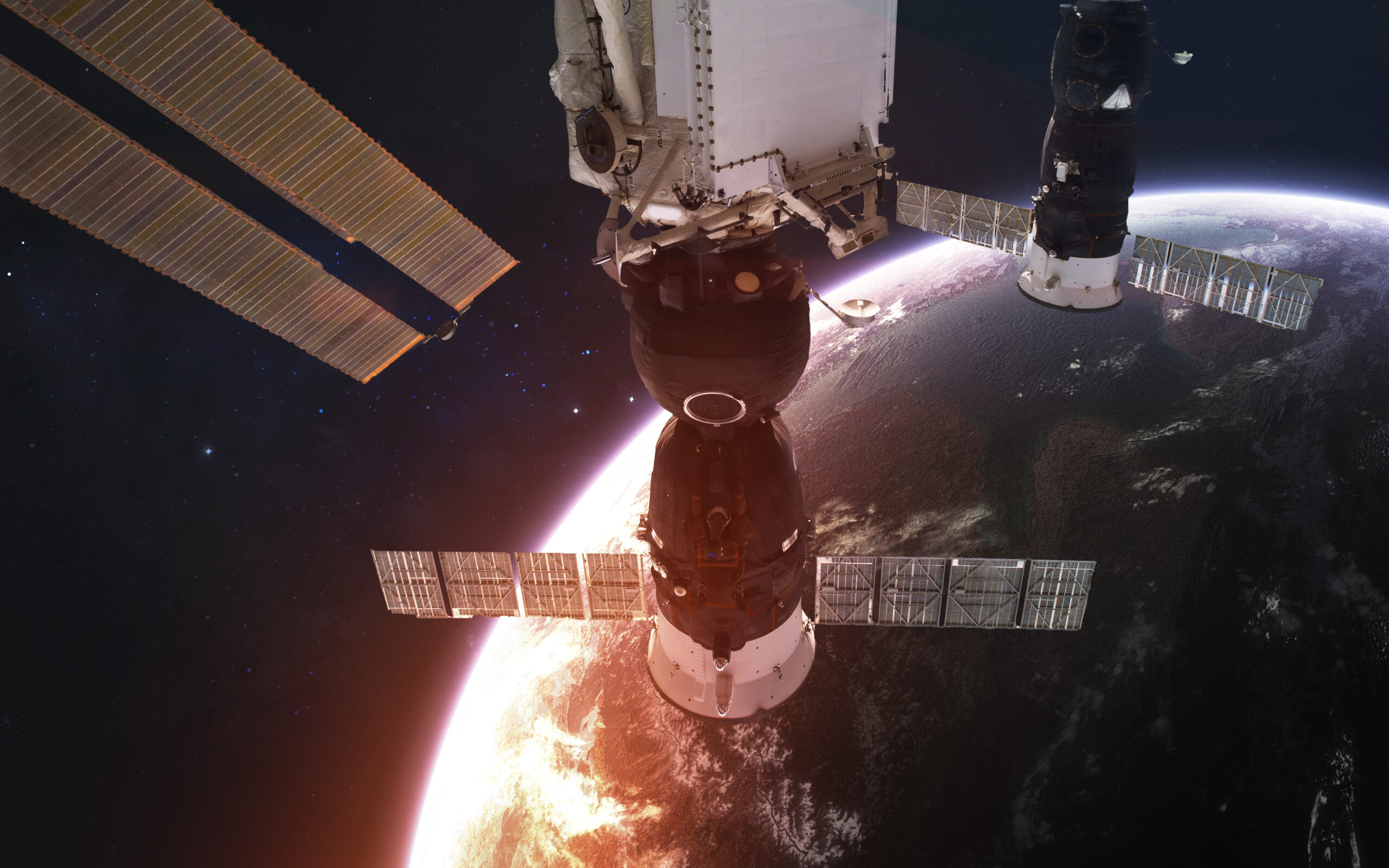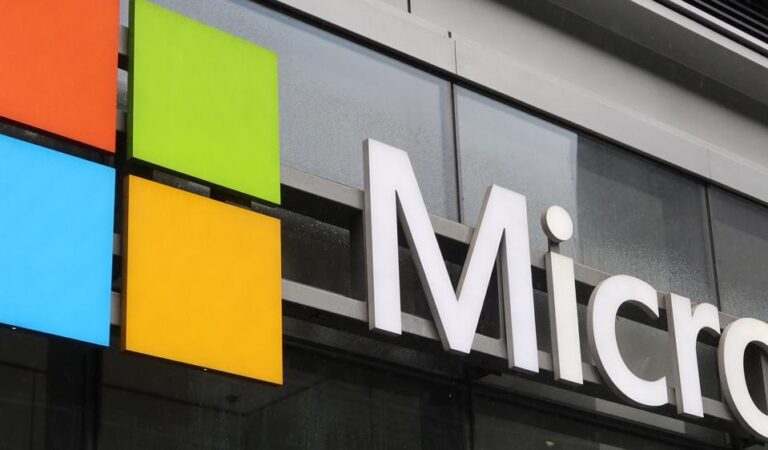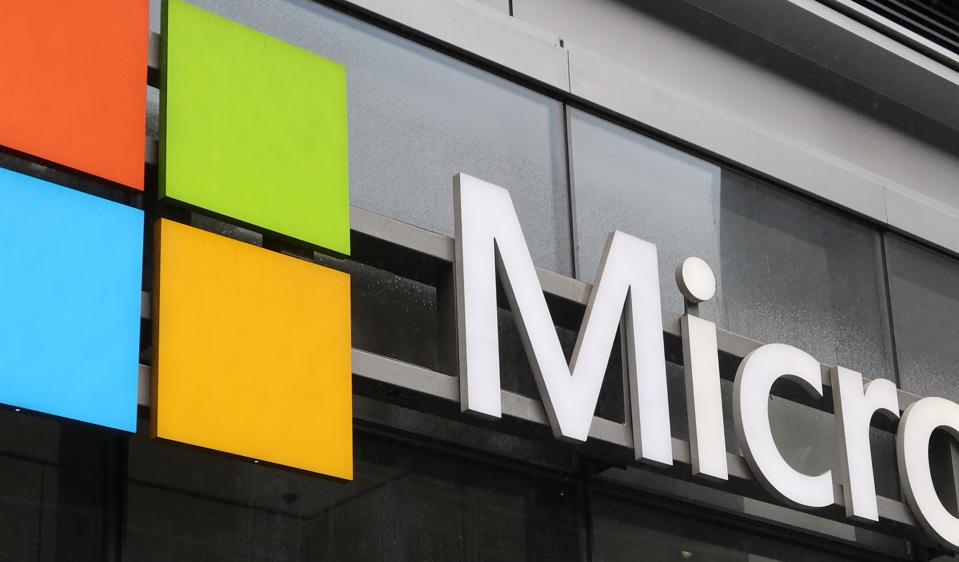Amazon has officially entered the satellite internet arena with the successful launch of its first 27 Project Kuiper satellites, marking a significant step in its $10 billion initiative to provide global broadband coverage and challenge Elon Musk’s SpaceX Starlink.
Project Kuiper: Amazon’s Ambitious Leap into Space
Amazon’s Project Kuiper represents a significant stride in the company’s expansion into the space and telecommunications sectors. With the successful launch of its first 27 satellites on April 28, 2025, Project Kuiper aims to establish a constellation of 3,236 low Earth orbit (LEO) satellites to provide global broadband internet coverage.
The initiative is designed to bridge the digital divide by delivering high-speed, low-latency internet to underserved and remote regions worldwide. Amazon plans to commence customer service later in 2025, offering consumer terminals priced under $400. These terminals are designed to be compact and affordable, facilitating widespread adoption.
Project Kuiper’s deployment strategy includes securing 83 rocket launches through partnerships with United Launch Alliance (ULA), Arianespace, Blue Origin, and SpaceX to expedite the deployment of its satellite network. This aggressive launch schedule underscores Amazon’s commitment to rapidly scaling Project Kuiper.
In the competitive landscape, Project Kuiper enters a market currently dominated by SpaceX’s Starlink, which boasts over 8,000 satellites in orbit and more than 5 million users across 125 countries. Despite Starlink’s head start, Amazon’s extensive cloud infrastructure and global logistics network position it to offer seamless integration with its existing services, potentially providing a competitive edge.
Regulatory challenges loom, as the U.S. Federal Communications Commission (FCC) mandates that Amazon deploy half of its Kuiper constellation by mid-2026. Given the current pace, analysts suggest Amazon may seek an extension to meet this requirement. Additionally, both Amazon and SpaceX are navigating regulatory discussions around spectrum sharing and power usage for satellite communications, with the FCC reviewing existing rules to enhance space-based telecommunications.
Looking ahead, Amazon envisions Project Kuiper as a new business pillar, complementing its existing services like AWS and Prime. The competition between Amazon’s Project Kuiper and SpaceX’s Starlink is poised to drive innovation and expand global internet access, particularly in regions where traditional infrastructure is lacking.
Starlink vs. Project Kuiper: A New Era of Satellite Internet Competition
The satellite internet sector is witnessing a significant rivalry between SpaceX’s Starlink and Amazon’s Project Kuiper. While Starlink currently dominates with over 7,000 satellites in orbit and a substantial user base, Project Kuiper is making strategic moves to establish its presence in this burgeoning market.
Deployment and Infrastructure
Amazon’s Project Kuiper is rapidly advancing its deployment and infrastructure to establish a robust satellite internet network. The initiative aims to deploy a constellation of 3,236 low Earth orbit (LEO) satellites to provide global broadband coverage. The first batch of 27 satellites was successfully launched on April 28, 2025, aboard a United Launch Alliance (ULA) Atlas V rocket from Cape Canaveral, Florida .
To support this ambitious deployment, Amazon has secured 92 rocket launches through partnerships with ULA, Arianespace, Blue Origin, and SpaceX. These agreements are part of a strategic plan to expedite the deployment of the satellite network and meet the U.S. Federal Communications Commission’s (FCC) requirement to deploy half of the constellation by July 30, 2026 .

On the ground, Amazon is developing extensive infrastructure to support Project Kuiper. The company has established a 172,000-square-foot satellite production facility in Kirkland, Washington, capable of manufacturing up to five satellites per day at peak capacity. Additionally, a logistics center in Everett, Washington, is set to supply the Kirkland factory with assembled kits. A satellite processing and integration facility is also planned at NASA’s Kennedy Space Center in Florida, which will integrate spacecraft for launch aboard Blue Origin and ULA rockets .
These developments underscore Amazon’s commitment to rapidly scaling Project Kuiper’s deployment and infrastructure, positioning the company as a formidable competitor in the satellite internet sector.
Technical Specifications
Amazon’s Project Kuiper is engineered to deliver high-speed, low-latency broadband internet globally through a constellation of 3,236 satellites in low Earth orbit (LEO). These satellites are deployed across 98 orbital planes at altitudes of 590 km, 610 km, and 630 km, with the initial phase involving 578 satellites at 630 km altitude and an orbital inclination of 51.9 degrees .
Each satellite is equipped with advanced Hall-effect thrusters, enabling precise orbital adjustments, collision avoidance, and efficient deorbiting at the end of their operational life . To facilitate high-speed data transmission, the satellites utilize optical inter-satellite links (OISL), employing infrared lasers capable of maintaining 100 Gbps connections over distances up to 2,600 km between satellites moving at approximately 25,000 km/h .
Operating in the Ka-band frequency range (26.5–40 GHz), Project Kuiper’s satellites communicate with ground stations and user terminals, ensuring substantial bandwidth and reduced latency . The user terminals are designed for affordability and performance, with the standard model measuring less than 11 inches square, weighing under five pounds, and delivering speeds up to 400 Mbps. An ultra-compact version offers speeds up to 100 Mbps, while a high-bandwidth model provides up to 1 Gbps, catering to various user needs .
To minimize light pollution and address astronomical concerns, the satellites feature a dielectric mirror film that scatters reflected sunlight, reducing their visibility from Earth . This comprehensive technical framework positions Project Kuiper as a formidable contender in the satellite internet arena, aiming to enhance global connectivity.
Market Positioning and Strategy
Amazon’s Project Kuiper is strategically positioned to be a powerful player in the satellite internet industry, with a clear focus on affordability, scalability, and integration with Amazon’s broader ecosystem. Unlike SpaceX’s Starlink, which has already captured a significant share of the market, Kuiper is entering the race with a plan to offer high-speed, low-latency internet to underserved and remote regions. A key differentiator is its consumer pricing strategy Amazon plans to sell compact user terminals for under $400, aiming to make broadband more accessible.
Project Kuiper also benefits from Amazon’s vast logistics, cloud infrastructure (AWS), and customer service frameworks. This allows for seamless bundling with existing Amazon services such as Prime and Alexa. The company is also planning to build a robust supply chain and leverage over 80 planned launches to deploy the satellite constellation efficiently. This multi pronged approach positions Kuiper not just as a connectivity provider, but as an integrated digital service solution.
Regulatory and Competitive Landscape
Both companies navigate complex regulatory environments, with obligations like the FCC’s mandate for Amazon to deploy half of its constellation by mid-2026. The competition is further intensified by geopolitical considerations and the strategic importance of satellite internet in global communications.

In summary, while Starlink currently leads in deployment and market share, Project Kuiper’s strategic investments and integration with Amazon’s ecosystem position it as a formidable contender in the satellite internet arena.
Regulatory Landscape and Challenges
Amazon’s Project Kuiper faces significant regulatory challenges as it endeavors to establish its satellite internet constellation. The U.S. Federal Communications Commission (FCC) mandates that Amazon deploy at least half of its planned 3,236 satellites approximately 1,618 by July 30, 2026, with the remainder by July 30, 2029. Given current production and launch delays, meeting this deadline appears increasingly difficult, potentially necessitating a request for an extension .
Compounding these challenges are constraints in launch vehicle availability. Amazon has secured launch agreements with multiple providers, including United Launch Alliance (ULA), Arianespace, Blue Origin, and even SpaceX. However, delays in rocket readiness and scheduling conflicts have hindered timely deployments .
Spectrum sharing regulations present another hurdle. The FCC is reviewing its longstanding rules to accommodate the evolving needs of non-geostationary satellite operators like Amazon and SpaceX. While Amazon supports modernizing these regulations, it emphasizes the importance of safeguards to prevent interference with other satellite operations .
Additionally, Amazon must adhere to stringent orbital debris mitigation requirements. The FCC has approved Amazon’s updated debris mitigation plan, which includes measures to minimize collision risks and ensure responsible satellite deorbiting.
Navigating these regulatory landscapes is crucial for Project Kuiper’s success. Amazon’s ability to address these challenges will determine its competitiveness in the burgeoning satellite internet market.
Future Prospects and Market Impact
Amazon’s Project Kuiper is poised to become a transformative force in the satellite internet sector, aiming to bridge the digital divide by delivering high-speed, low-latency broadband to underserved and remote regions worldwide. With the recent deployment of 27 satellites, Amazon has initiated the build-out of its ambitious 3,236-satellite constellation in low Earth orbit (LEO).
The company plans to commence customer service later in 2025, offering consumer terminals priced under $400. These terminals are designed to be compact and affordable, facilitating widespread adoption. Amazon envisions Project Kuiper as a new business pillar, complementing its existing services like AWS and Prime, and anticipates reaching 300 to 400 million users by year-end.
In the competitive landscape, Project Kuiper enters a market currently dominated by SpaceX’s Starlink, which boasts over 8,000 satellites in orbit and more than 5 million users across 125 countries. Despite Starlink’s head start, Amazon’s extensive cloud infrastructure and global logistics network position it to offer seamless integration with its existing services, potentially providing a competitive edge.
Regulatory challenges loom, as the U.S. Federal Communications Commission (FCC) mandates that Amazon deploy half of its Kuiper constellation by mid-2026. Given the current pace, analysts suggest Amazon may seek an extension to meet this requirement. Additionally, both Amazon and SpaceX are navigating regulatory discussions around spectrum sharing and power usage for satellite communications, with the FCC reviewing existing rules to enhance space-based telecommunications.
Looking ahead, Amazon has secured 83 rocket launches through partnerships with United Launch Alliance (ULA), Arianespace, Blue Origin, and SpaceX to expedite the deployment of its satellite network. This aggressive launch schedule underscores Amazon’s commitment to rapidly scaling Project Kuiper.
The competition between Amazon’s Project Kuiper and SpaceX’s Starlink is poised to drive innovation and expand global internet access, particularly in regions where traditional infrastructure is lacking. As both companies advance their satellite internet services, consumers worldwide stand to benefit from improved connectivity options.















